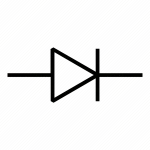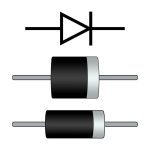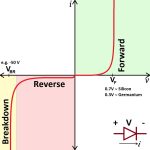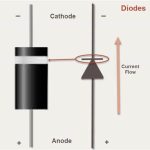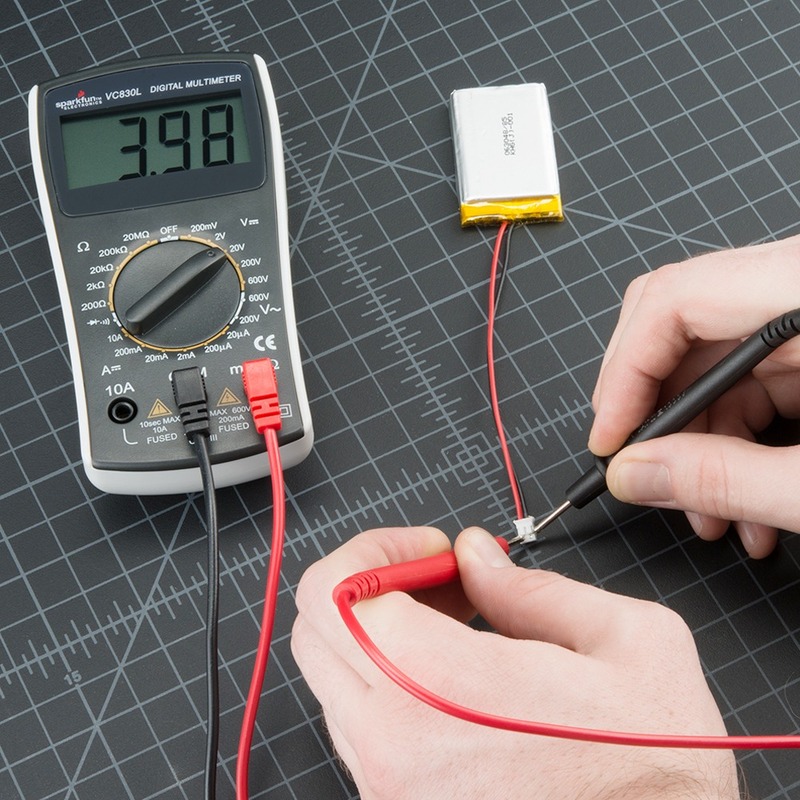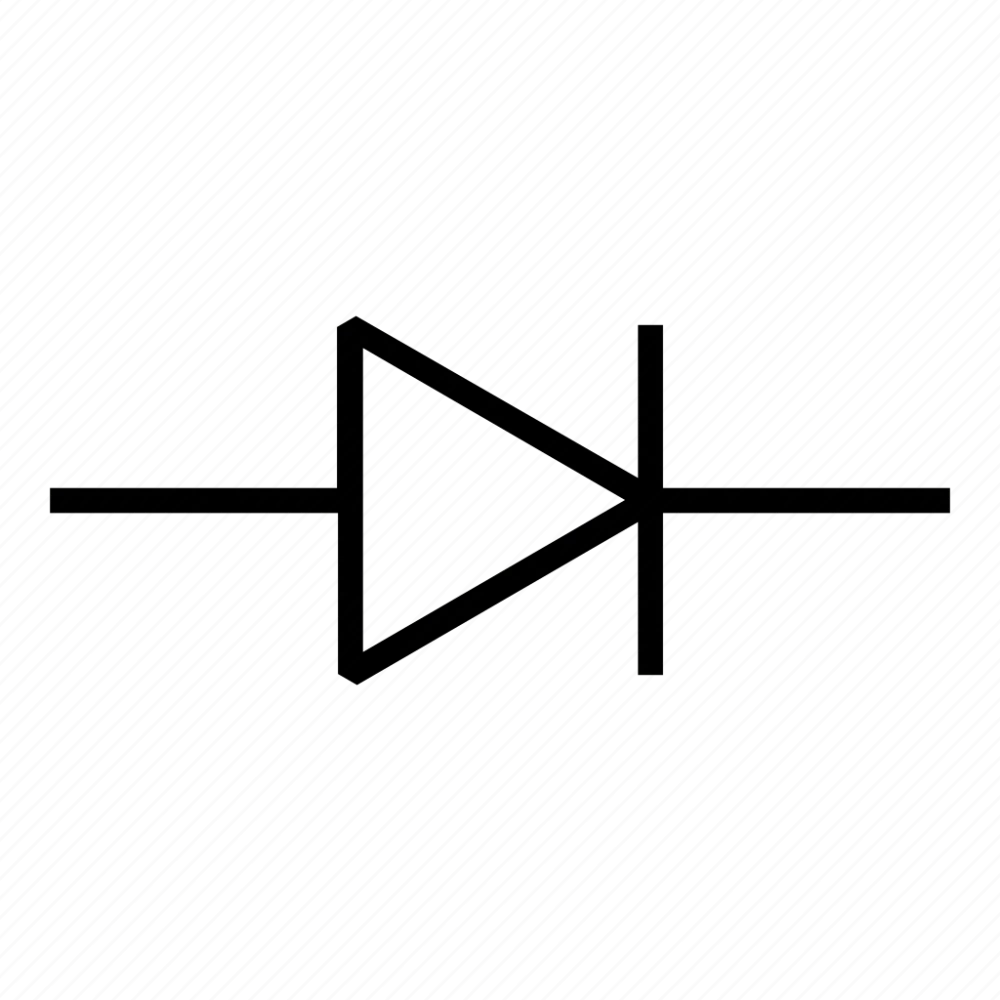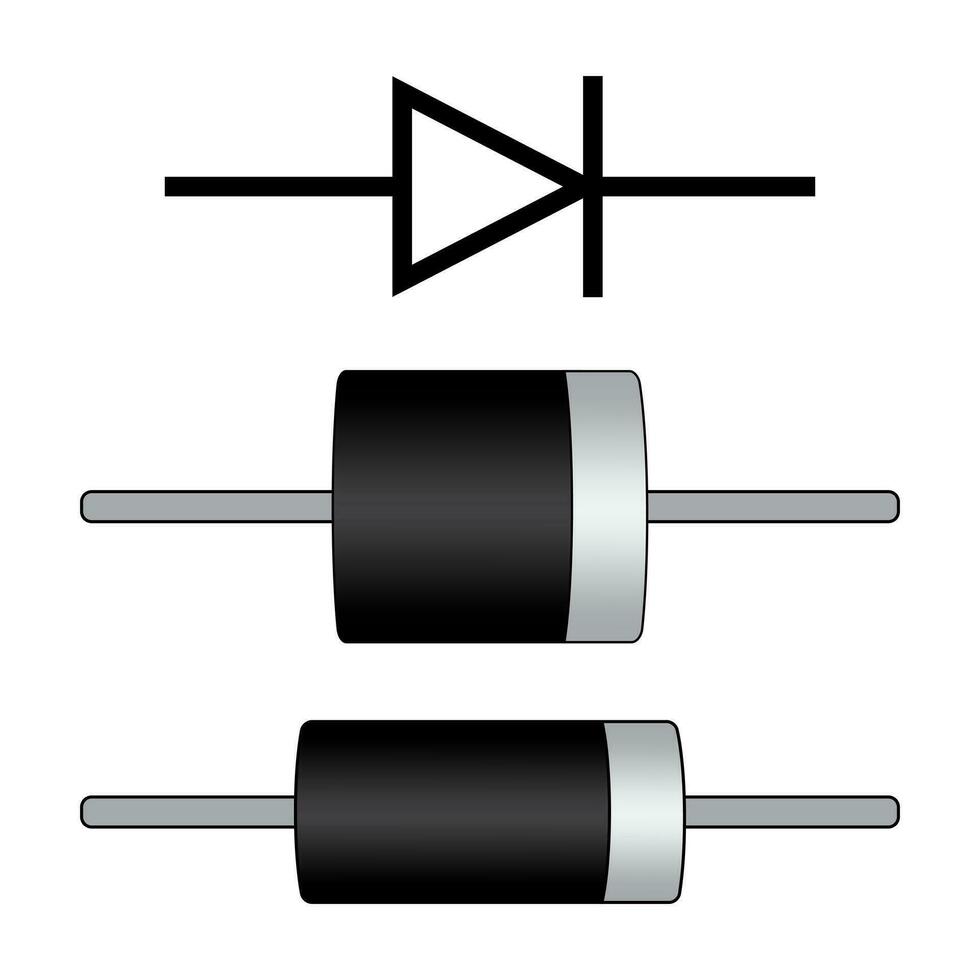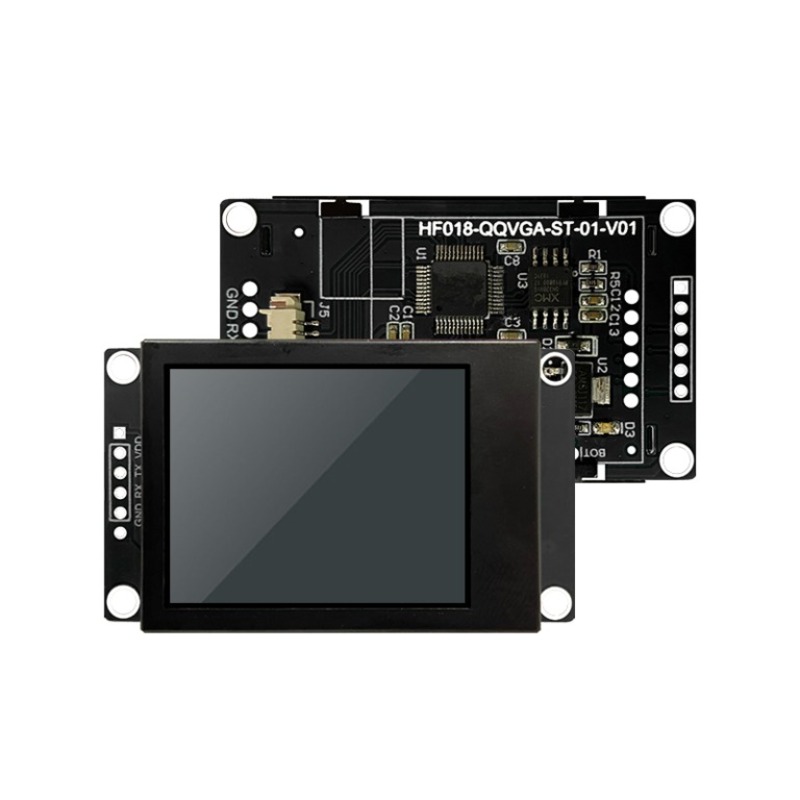What is a diode in a circuit
what is a diode in a circuit? This comprehensive guide will explore the function, operation, types, and applications of diodes in circuits.
 Introduction to a diode in a circuit:
Introduction to a diode in a circuit:
What is a diode in a circuit
Overview:
A diode is an electronic component that allows current to flow in one direction only. It acts as a one-way valve in electrical circuits, making it a fundamental component in various applications.
Key Features:
Polarity:
Description: Diodes have two terminals: the anode (+) and the cathode (-).
Benefits: Ensures current flows from the anode to the cathode but not in the reverse direction.
Types of Diodes:
Standard Diode: General-purpose.
Zener Diode: Allows current to flow in reverse when a specific voltage is reached.
Light Emitting Diode (LED): Emits light when current flows through it.
Schottky Diode: Low forward voltage drop, used in high-speed switching applications.
Applications:
Rectification:
Description: Converts alternating current (AC) to direct current (DC).
Example: Used in power supplies to provide DC voltage from AC mains.
Signal Demodulation:
Description: Extracts audio signals from radio waves.
Example: Used in radio receivers.
Voltage Regulation:
Description: Maintains a constant voltage level.
Example: Zener diodes are used in voltage regulator circuits.
Protection:
Description: Protects sensitive components from voltage spikes.
Example: Used in surge protectors and flyback diodes in relays.
 Role of a diode in a circuit:
Role of a diode in a circuit:
Functions of a Diode in a Circuit:
- Rectification:
- Description: Converts alternating current (AC) to direct current (DC).
- Application: Commonly used in power supply circuits to provide DC voltage from AC mains. This is achieved through either half-wave or full-wave rectification.
- Switching:
- Description: Acts as an electronic switch, allowing or blocking current flow.
- Application: Used in digital logic circuits and in switching power supplies.
- Voltage Regulation:
- Description: Maintains a constant voltage level.
- Application: Zener diodes are used in voltage regulator circuits to provide a stable reference voltage.
- Signal Demodulation:
- Description: Extracts audio or data signals from modulated radio frequencies.
- Application: Used in radio receivers and other communication devices to recover the original signal.
- Clipping and Clamping:
- Description: Limits the voltage to a certain level, either by clipping off voltage peaks (clipping) or shifting the voltage level (clamping).
- Application: Protects circuits from voltage spikes and ensures signal levels remain within desired ranges.
- Protection:
- Description: Protects sensitive components from voltage spikes or reverse polarity.
- Application: Used in surge protectors, flyback diodes in inductive loads (like motors and relays), and in polarity protection circuits to prevent damage due to incorrect connections.
- Light Emission:
- Description: Emits light when electrically biased in the forward direction.
- Application: LEDs (Light Emitting Diodes) are used in display screens, indicator lights, and various forms of illumination.
- Waveform Shaping:
- Description: Shapes the waveform of signals by allowing only certain portions of the signal to pass through.
- Application: Used in signal processing to modify the shape of electrical waveforms.
 What is a Diode?
What is a Diode?
Basic Definition
Semiconductor Device: A diode is a two-terminal semiconductor device that allows current to flow in one direction only. It acts as a one-way valve for electrical current.
Anode and Cathode: The two terminals are known as the anode (positive side) and cathode (negative side). Current flows from the anode to the cathode, but not in the reverse direction under normal conditions.
Historical Background
Inception: The concept of a diode dates back to the early 20th century, with the development of vacuum tube diodes. Semiconductor diodes, as we know them today, emerged in the 1950s.
Evolution: Over the years, diodes have evolved with advancements in semiconductor technology, leading to various types suitable for different applications.
 How Does a Diode Work?
How Does a Diode Work?
What is a diode in a circuit
PN Junction
Formation: A diode is made from a PN junction, which is formed by joining P-type (positive) and N-type (negative) semiconductor materials.
Depletion Region: At the junction, electrons from the N-type material combine with holes from the P-type material, creating a depletion region that acts as an insulator, preventing current flow.
Forward Bias
Threshold Voltage: The voltage at which the diode starts to conduct is called the threshold or forward voltage. For silicon diodes, this is typically around 0.7 volts.
Reverse Bias
Blocking Current: When a positive voltage is applied to the cathode relative to the anode, the depletion region widens, preventing current flow. This is known as reverse bias.
Breakdown Voltage: If the reverse voltage exceeds a certain limit, known as the breakdown voltage, the diode may conduct in the reverse direction, potentially damaging the component.
Types of Diodes
Standard Rectifier Diodes
General Use: These are the most common type of diodes, used primarily in power rectification to convert AC to DC.
Examples: 1N4007 is a popular rectifier diode.
Examples: 1N4733A, which has a breakdown voltage of 5.1V.
Light Emitting Diodes (LEDs)
Light Emission: LEDs emit light when forward biased. They are widely used in display technology, indicators, and lighting.
Colors and Efficiency: LEDs come in various colors and offer high efficiency with low power consumption.
Schottky Diodes
Fast Switching: Schottky diodes have a lower forward voltage drop (~0.2 to 0.3 volts) and faster switching speeds, making them ideal for high-frequency applications.
Examples: Used in power converters and radio frequency (RF) applications.
Photodiodes
Light Detection: Photodiodes generate current when exposed to light, making them useful in light detection and solar cells.
Applications: Used in optical communication, light meters, and solar panels.
Tunnel Diodes
Negative Resistance: Tunnel diodes have a region of negative resistance due to quantum tunneling, useful in high-frequency oscillators and amplifiers.
Special Use: Rarely used in general applications but vital in specialized high-speed electronics.
Applications of Diodes
Rectification
AC to DC Conversion: Diodes are used in rectifier circuits to convert alternating current (AC) to direct current (DC). This is essential in power supplies for electronics.
Full-Wave and Half-Wave: Rectifiers can be full-wave, utilizing four diodes in a bridge configuration, or half-wave, using a single diode.
Voltage Regulation
Power Supplies: Essential for stabilizing the output of power supplies.
Signal Demodulation
Extracting Information: Diodes are employed in demodulation circuits to extract information from modulated carrier waves in communication systems.
AM Radios: Widely used in amplitude modulation (AM) radio receivers.
Light Emission and Display
Optocouplers: Diodes combined with phototransistors to isolate different parts of a circuit.
Protection Circuits
Voltage Spike Suppression: Diodes are used in protection circuits to suppress voltage spikes and protect sensitive components.
Clamping Diodes: Used to clamp voltage levels within safe limits.
High-Frequency Applications
RF Mixers and Detectors: Essential in RF communication systems.
Photodetection
Optical Sensors: Photodiodes are used in sensors to detect light levels.
Solar Cells: Photodiodes convert light into electrical energy in solar panels.
Understanding Diode Parameters
Forward Voltage (Vf)
Voltage Drop: The voltage required to make the diode conduct in the forward direction. Usually around 0.7V for silicon diodes and 0.3V for Schottky diodes.
Reverse Voltage (Vr)
Maximum Limit: The maximum voltage the diode can withstand in the reverse direction without breaking down.
Forward Current (If)
Current Capacity: The maximum current the diode can conduct in the forward direction without damage.
Power Dissipation (Pd)
Heat Management: The maximum power the diode can dissipate as heat. Important for high-current or high-voltage applications.
Reverse Recovery Time (Trr)
Switching Speed: The time it takes for the diode to switch from conducting to blocking in the reverse direction. Key parameter for high-speed applications.
How to Test a Diode
Using a Multimeter
Diode Test Mode: Most digital multimeters have a diode test mode. Place the probes on the diode terminals. A reading in one direction (forward-biased) means the diode is good; no reading in the reverse direction confirms its one-way conductance.
Interpreting Results
Forward Bias: A typical forward voltage drop (e.g., 0.7V for silicon) indicates a healthy diode.
Reverse Bias: An open circuit (no reading) indicates correct functioning. A reading indicates a faulty diode.
 Practical Tips for Using Diodes
Practical Tips for Using Diodes
Correct Orientation
Anode and Cathode: Always connect the anode to the positive side and the cathode to the negative side in a circuit. Reversing this can prevent current flow or damage the diode.
Heat Management
Adequate Cooling: In high-power applications, ensure proper heat dissipation using heat sinks or adequate ventilation.
Surge Protection
Avoiding Damage: Use surge protection components like TVS diodes to protect sensitive components from voltage spikes.
Parallel and Series Configurations
Conclusion
What is a diode in a circuit
Diodes are indispensable components in electronic circuits, providing functionality from rectification and voltage regulation to light emission and high-frequency switching. Understanding the types, working principles, and applications of diodes can greatly enhance your electronic design and troubleshooting skills. Whether you’re building a simple power supply or a complex communication system, diodes will undoubtedly play a crucial role. By incorporating the key concepts and practical tips outlined in this guide, you can effectively utilize diodes to optimize the performance and reliability of your electronic projects.

